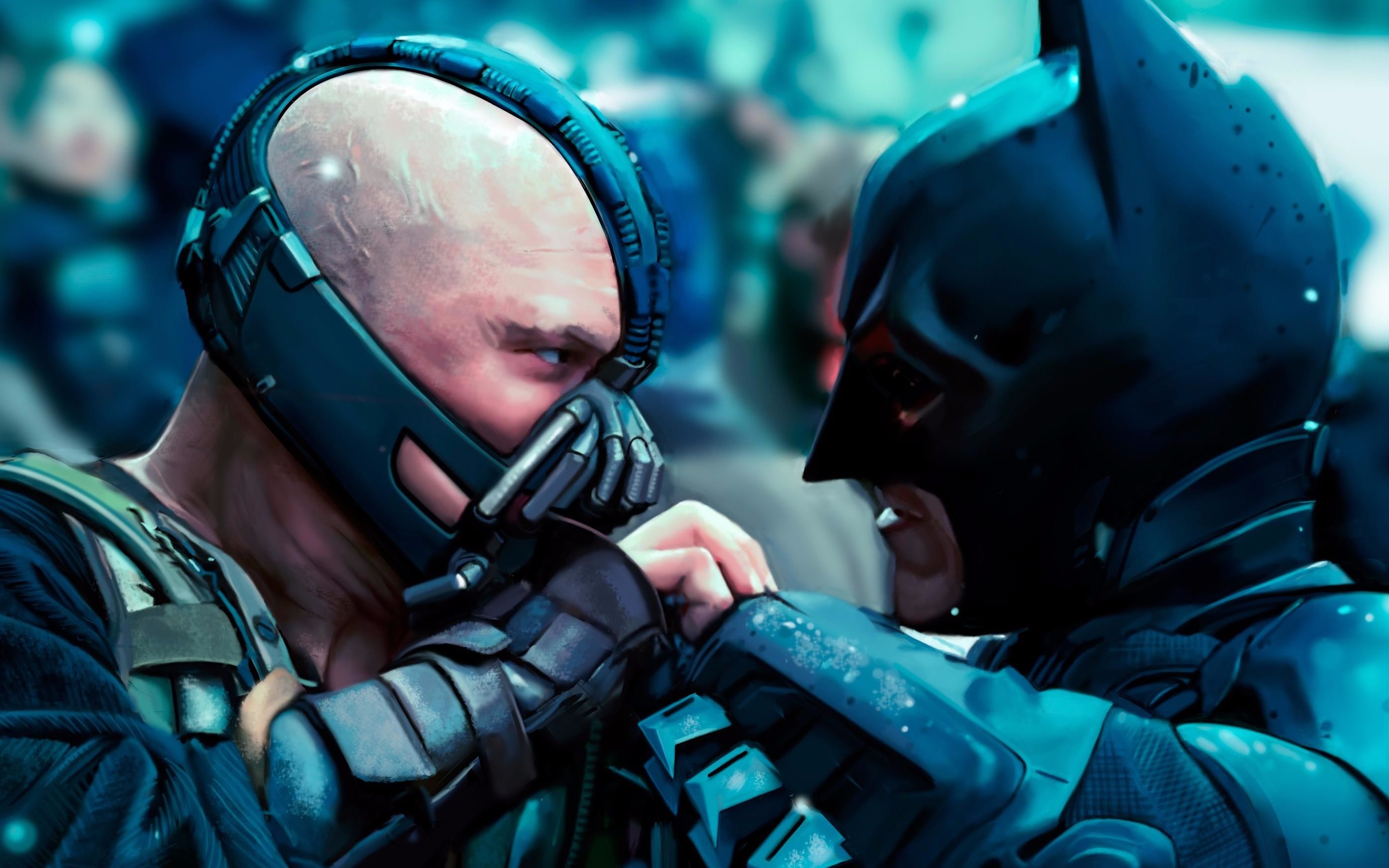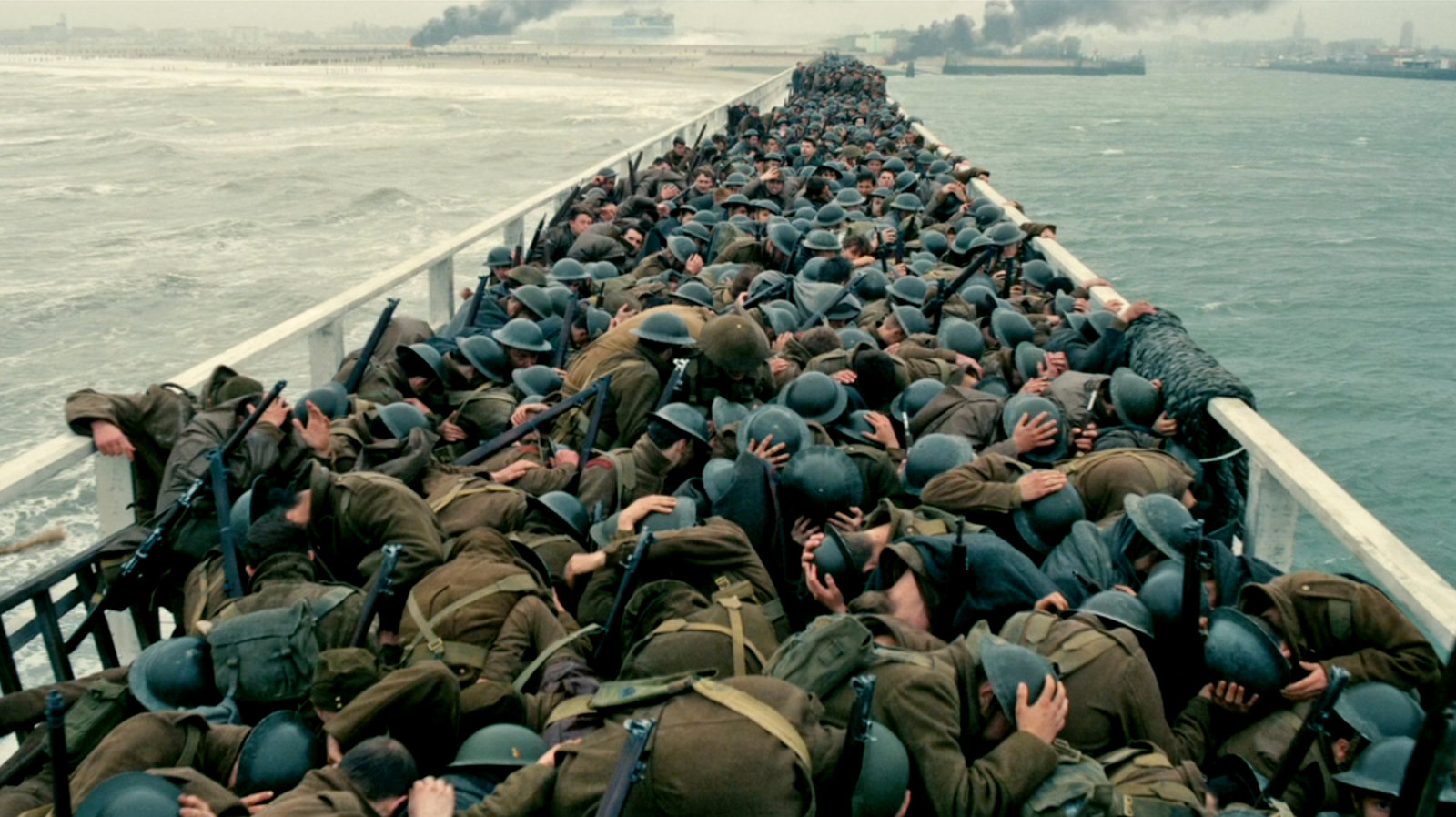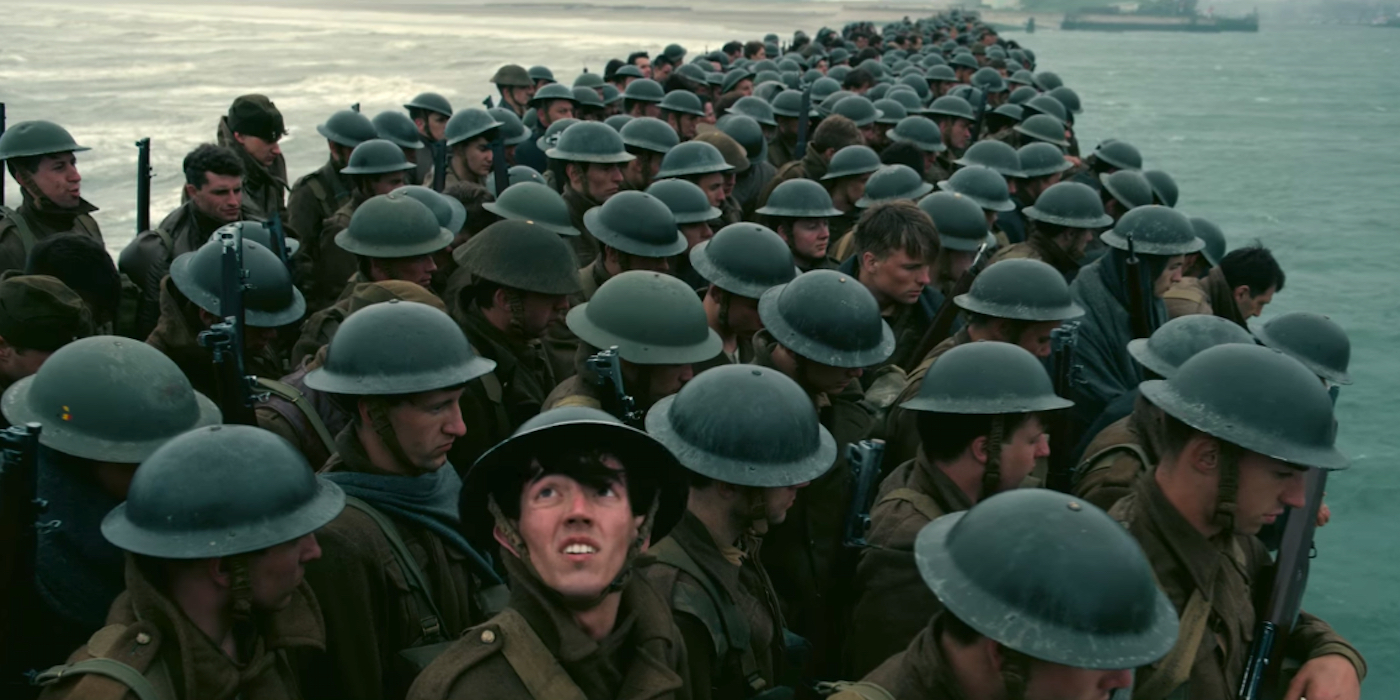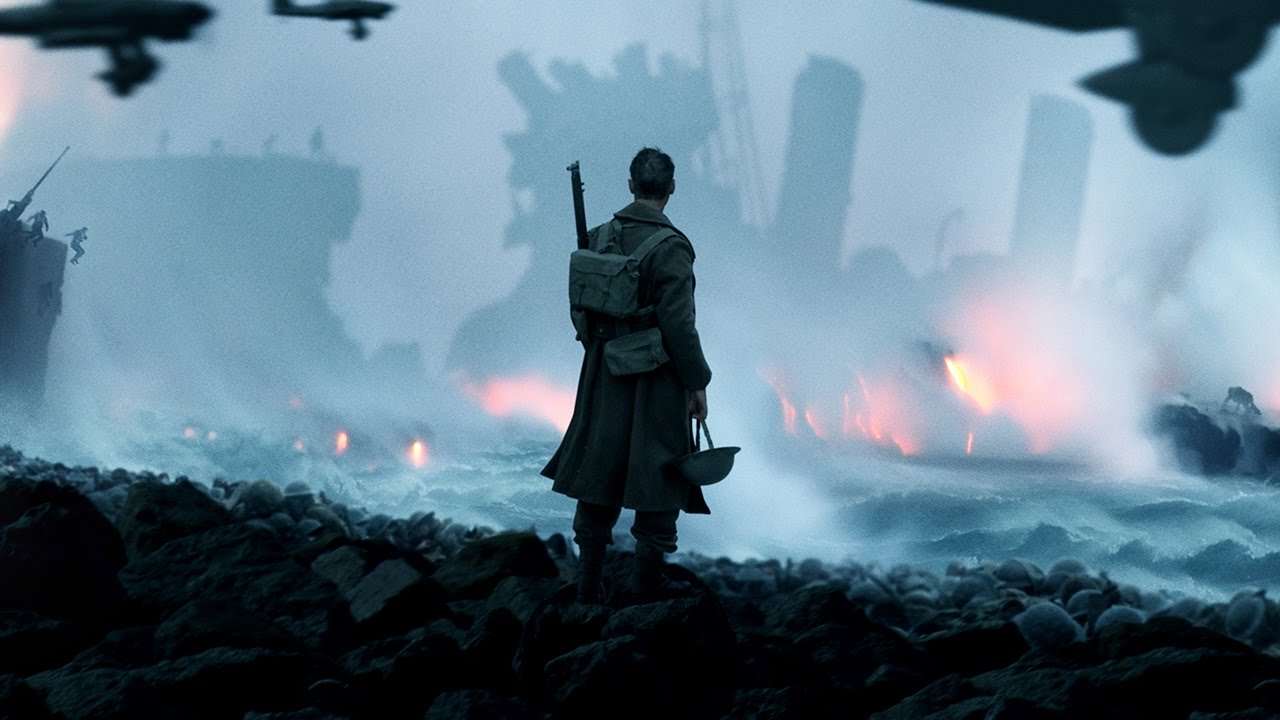Christopher Nolan is known, celebrated, and critiqued for two things: rigid attention to the clockwork nature of his spectacles, and a particular coldness to character. In Dunkirk, he splits the difference.
From Memento on, Nolan’s films seem much more enamored of mindfuck narrative structures than the people who populate them. The central characters are frequently stoic, stalwart types — your Young Man, your Magic Man, your Bat Man — in service to films they seem uncomfortable in.

But his fans are legion and very willing to shelve reservations about character development if the existential sweep works well enough. And not just among some stereotypical variety of Inception-happy, bong-hitting kids looking to get their minds blown, either. The guy clearly knows how to make a movie, and his repeat collaborations with cinematographer Hoyte Van Hoytema, editor Lee Smith, and composer Hans Zimmer indicate a stock company of similarly-minded folks. (Not to mention the nearly endless lists of effects coordinators and sound engineers that round out the very long IMDB entries for any Nolan film.)
Detractors would argue that — ok, fine, that’s pretty rad — but you need actual people in that movie. Technical wizardry aside, movies need characters. (Chris Evangelista makes a good case that this critique is overblown.)

In Dunkirk, it seems Nolan wants to turn this blind spot into an asset. Filmed largely in IMAX 70mm, the film’s visual scope reduces nearly everyone to cyphers and metaphorical stand-ins, tiny little figures lost in the deafeningly loud and jarring sweep of history itself. There’s almost the sense of a challenge accepted: “You think I’ve reduced characters to bit players in their own dramas before now? Well, take a look at this.”
The story Dunkirk tells — about the heroic rescue of stranded British soldiers by stolid, common folk who rose to the call — is elemental, told before and bound to be told again. Nolan being Nolan here, it’s tri-furcated into an epic that’s both dislocating and conceptually coherent: three stories — taking place in the air, on land, and on sea, though with different time-stamps — that allow for a large pallette without ever quite merging. It’s a frantic series of snapshots, postcards from the war blown up to ludicrous proportions.

In this context, the smallness of character is the point. People come and go, celebratory moments like the sharing of sandwiches on a ship become horrifying visions of death moments later. No one sticks around for all that long in this war’s telling, and the only real victory is survival. The cinematography emphasizes this, with rows of men on abandoned beaches or gripping the undergirdings of ships in half-light. Even the interior sequences, which aim to elevate characters, turn out to depersonalize and idealize them (an aesthetic perversity Dunkirk shares with 2015’s excursion into film-happy claustrophobia and walking metaphors, The Hateful 8).
Still, Dunkirk is exhilarating in its best moments, going for broke on the notion that narrative doesn’t need to muck about with such small things as back-story or character or responsible context. This is a film that is completely within itself, plopping you down in moments and demanding attention to both their collective power and individual irrelevance.

The larger question it poses: what do we make of a cinema hostile to the individual? Is it a good thing to divorce character from narrative, burying them literally and figuratively in the frame, like the futurists dreamed? And by erasing the Germans from the war — they are only referred to obliquely, as “the enemy”, represented entirely by swooping planes and Zimmer’s thudding cues — does this heighten the drama, revealing ordinary people as part of a heroic collective in a mythic struggle, or simply do a disservice to the exact conditions that made the war possible? Is Dunkirk itself fascist?
The central narratives of each of the three parts follow individuals, and yet make those individuals somehow invisible, melting into their missions of staying alive, flying a plane, and steering a boat. (Or, in Tom Hardy’s case, simply obscured by some shit on his face. Call it “The Hardy Conundrum”.) A final, brief note presents a non-character’s death as a heroic gesture. There’s a bitterness to this, some sort of British echo of Sherman’s statement about military fame: “to be killed on the field of battle and have your name misspelled in the newspapers.”
Viewers will have to decide. It looks great, though.

